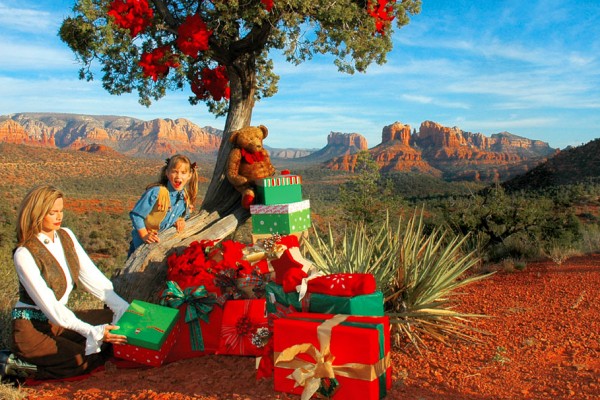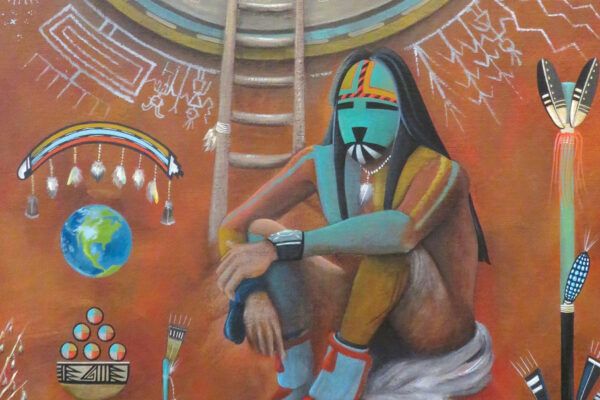Continued (page 3 of 5)
Barringer died in 1929 and Drew says his meteor theory was rejected by the scientific community until the 1960s, when Dr. Eugene Shoemaker proved it by comparing the crater with others created by nuclear test explosions. It was around that same time NASA began conducting training at the crater. Apollo astronauts, in preparation for moon missions, participated in geological training, and tested the lunar rover, space suits, and cameras there. Drew says NASA still trains at the site – as recently as 2006 – to research future missions and test an unmanned rover for missions to the moon, Mars, and beyond.
“International scientists and universities from around the world conduct research here,” Drew says. “We are very concerned we maintain scientific integrity. The crater is accessible to the public but we are focused on science research.”
Public access began informally in the 1930s; after World War II, the Barringers partnered with another company to create Meteor Crater Enterprises. A museum was built in the 1950s but it has been renovated to include interactive educational exhibits focusing on the phenomenon of impacts. (Drew says Meteor Crater is the first proven impact site on the earth’s surface and the best preserved – a total of 170 craters have been identified.) Pieces of meteorite found at the impact site, including one 1,406-lb. fragment, are on display. The visitors’ center includes an observation area, theater, and gift shop. Visitors can take a guided half-mile tour of the crater’s rim but Drew says legal issues have prevented visitors from going into the crater for years.
Meteor Crater, or Barringer Meteorite Crater, hosts more than 200,000 visitors each year, making it northern Arizona’s third most popular attraction behind Grand Canyon and Petrified Forest national parks.
“So many people have heard about the crater – they’ve seen it in movies, textbooks, and on TV,” he says. “It’s conveniently located, only six miles from a major interstate. I also think people are aware that asteroids collide with the earth – Hollywood is certainly aware – and there’s a fascination with that.”
As for the impact the crater has had on the Barringer family, Drew says the family celebrated the centennial of the crater’s acquisition in 2003 in Flagstaff with 75 people from four generations in attendance.
“It’s a unique feature to have in one’s family,” he laughs. “Whenever someone has had a high school science project, many of us have used Meteor Crater.”
Meteor Crater
Interstate 40, Exit 233, 35 miles east of Flagstaff
Admission is $15 for adults, $13 for seniors, and $7 for children ages 6 to 17
Operating hours change seasonally
Call 928-289-5898 or visit www.meteorcrater.com
For more on Daniel Moreau Barringer,
visit www.barringercrater.com
Evening Sky Tours
Every year, millions of visitors come to Sedona for the first time, and become entranced by our star-filled night sky. For those who didn’t pack a telescope, Evening Sky Tours organizes star parties for groups of up to 150 people, providing telescopes and professional astronomers as guides.
Cliff Ochser, who launched the company in 2004 after helping Lowell Observatory raise $25 million to build a new research telescope in Happy Jack, says private groups often team up with astronomers all over Sedona, particularly along Dry Creek Rd. and in parking lots just outside town. Sky tours last about 90 minutes and include an overview of visible constellations. Evening Sky Tours also sets up star parties for guests at local hotels. Cliff, who has lived in Sedona for nine years, says there really isn’t a bad spot for stargazing here.



